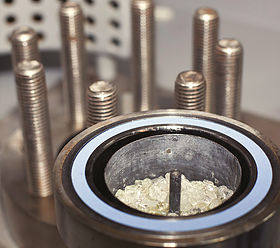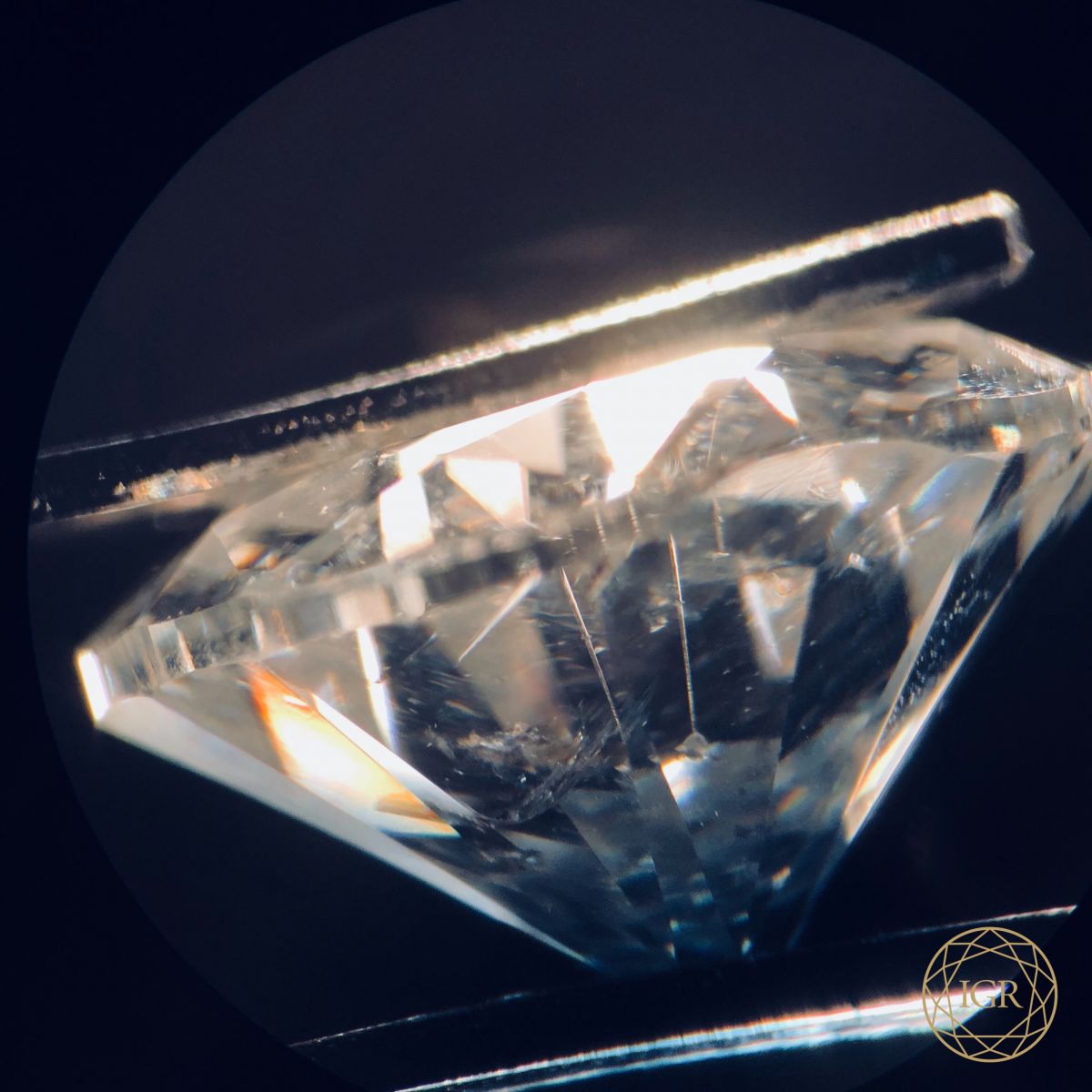C is for....Clarity Enhancement
13.03.19
The term clarity enhanced diamonds can send people running for the hills, mainly because the term is unclear to many. Like so many of us, diamonds too have “flaws” that could use a little work and extra help, let us guide you through the different types of clarity enhancement and how they can help keep a stone sparkling.
Deep Boiling
A full body exfoliate for your stone. This process only works on surface reaching fractures that have a dark colour. The diamond is boiled in acid under deep pressure, where the acid bleaches and removes the black inclusion. If the inclusion doesn’t reach the surface of the stone, the acid has no way of getting to the inclusion and therefore will have no effect. Boiling the diamond will not fill the cavity, it will just remove the dark substance and leave a slightly translucent inclusion.
This treatment is highly common and there is no stigma attached to it.

Diamonds prior to boiling - Image From Almas Diamonds
Fracture Filled
Think of fracture filling as Botox for diamonds. Fracture filling is used to lessen the appearance of eye-visible inclusions, usually in lower clarity diamonds (I1-I3). The process for fracture filling diamonds was developed in 1982. However, it was not until the 1990s that fracture filled diamonds began to appear in the market in abundance. Fracture filled diamonds are hard to detect with the naked eye because the glass used to fill the “cracks” has a high refractive index, similar to that of diamond.
This process uses high pressure and temperature to force the liquid glass into the deepest part of the fracture. If the treatment has been done well, there will be no gas bubbles or flow structures seen, only a “flash” (neon orange, blue, purple or pink) of colour when the diamond is rotated under magnification.
The glass will not fall out unless repeatedly cleaned in ultrasonic cleaner or the stone is re-cut. If needs be, the treatment can be removed by using strong industrial acids or extreme heat of over 300 degrees Celsius (572 degrees Fahrenheit). Once the material has been removed, the diamond can be easily treated once again.
Laser Drilled
Fillers not your thing? How about some laser treatments?
Laser drilling is a permanent treatment which targets black crystals and makes them invisible. Using a laser to drill small holes (thinner than a hair) down to the inclusion. The internal hole created is called the channel, which is used to transport bleach or heat to dissolve the inclusion.
As laser drilling is used on stones which have black inclusions or crystals, the result post treatment is noticeable, the clarity grade can go up one or two grades, more than two is rare.
The larger the inclusion, the more drill holes are needed to remove it, however if there is a significant number of drills, the integrity of the stone can be compromised. Stones with few laser drills will not be affected and the structure of the diamond will not be weakened.
Now you’re armed with all the facts, you can feel confident when buying your next diamond.
Laura @ IGR





